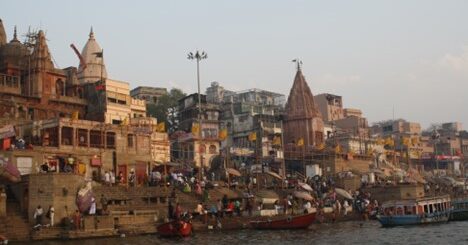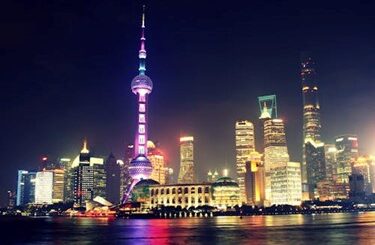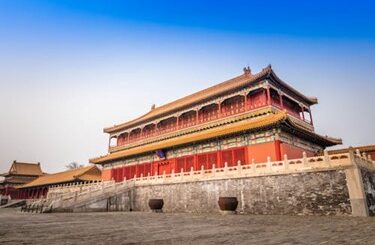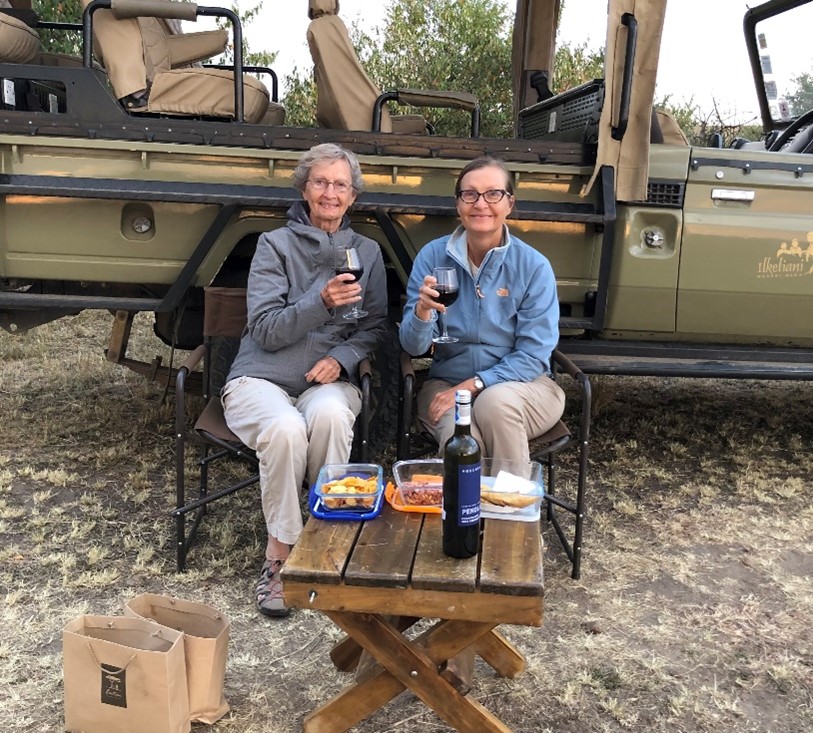Hakodate – Sendai – Nikko
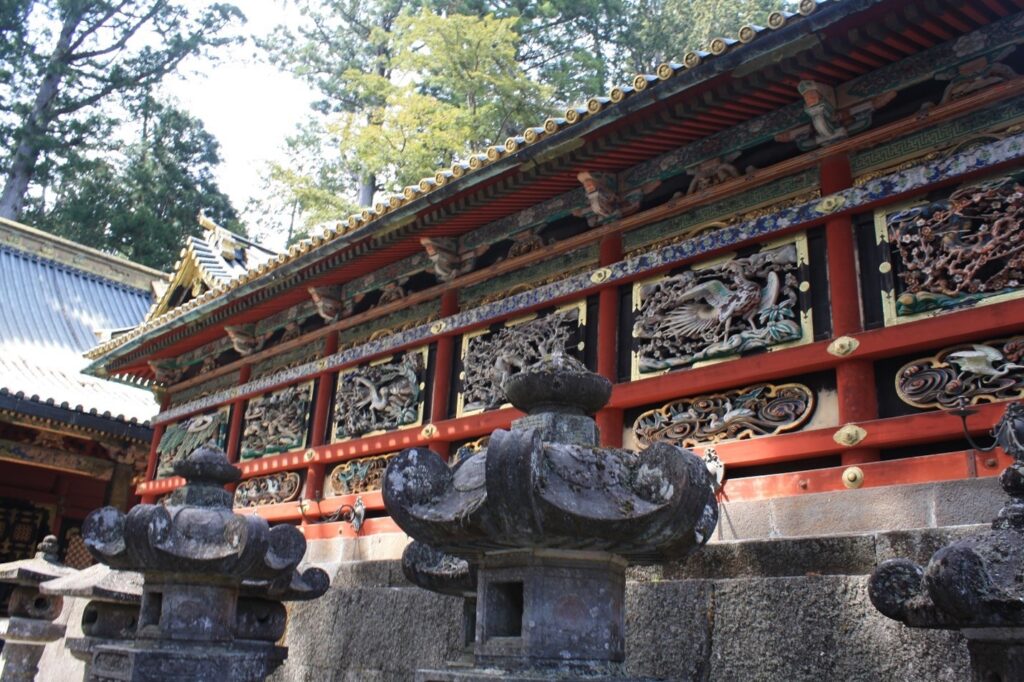
Travel Advice for Seniors: Hakodate – Sendai – Nikko
We arrived Hakodate in the late afternoon and our first stop was a cable car ride to the top of Mt Hakodate for a magnificent view of the city with its backdrop of mountains and a lovely view of the sunset. A great way to see the city! The lift is accessible.
At the base of Mt Hakodate lies the Motomachi historic district which is worth a walk through if you are in the area. The steep streets feature well-preserved Western-style residences and administrative offices. While this area is somewhat accessible, the area is very steep.
We only had a short time in Hakodate and the schedule was pretty tight. First stop the next day was the Morning Market, which is always a great way to start the day. Followed by a visit to Goryo-kaku Fort and Tower. The Fort is a huge, star-shaped, Western-style citadel, which was built in the 1800s for the defense of Hakadate. In the early 1800s the fort became the site of a civil war between an army of the shogunate and the troops of the newly established Meiji government. It was eventually turned into a public park and featured over a thousand cherry trees which were in full bloom when we visited. What a treat! Both are accessible with accessible parking and entrance.
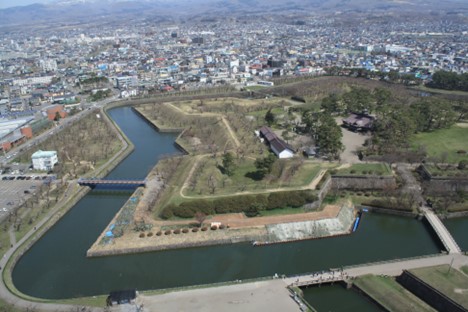
We traveled to Sendai in the afternoon and the next day took a scenic cruise of the Matsushima bay area, one of the most beautiful places in all of Japan. It is known for its 260 small pine-covered islands arising from the clear blue sea and has been written about extensively in Japanese poetry, particularly haiku. Haiku are short, unrhymed poems that are characterized by their 5-7-5 syllable structure.
We had lunch by a shrine on one of the tiny islands which was very relaxing. The shrine was reachable by walking over a traditional arched Japanese bridge, which was very quaint and made for some nice photos.
While at the dock, we also walked through a display showing the devastating damage to the city from the 2011 tsunami.
In the afternoon we visited Kenran-tei Teahouse which overlooks Matsushima Bay for tea and a few sweeties. The tea house has two rooms, which were used to house the feudal lords’ wives, visiting princesses and envoys of the shogun. Behind the tea house is a small Museum which houses armor, weapons, tools and other relics of the feudal times.
The Tea house features an elaborate Zen garden that appears as a river running through the garden area around the teahouse. There are also a variety of other garden scenes, with not a plant or stone out of place and each helping to create an overall impression of peace. Since we are particularly fond of gardens, we greatly enjoyed and appreciated all of the work and creativity that goes into the presentation of Japanese gardens. The tea house is not accessible, parts of the garden are accessible.
Next up was Zuigan-ji temple, originally founded in 828 as a temple of the Tendai sect and converted into a Zen temple in the 13th century. The temple features a main entrance that is flanked by cedar trees, giving one plenty of time for contemplation as they approach. The temple is known for its decorative screens and beautiful sliding door artwork. There is also a small museum.The temple is not accessible, but the museum is.
Our final tour day in Japan was a quick bullet train ride form Sendai to Nikko, where the Toshogu Shrine was waiting, saving one of the best for last. The shrine has accessible parking, entrance, elevators, restrooms and some but not all walkways
Nikko is set in a beautiful area surrounded by a national park and sacred mountain. It’s many famous shrines and temples are a UNESCO World Heritage site. This area has been a center of Shinto and Buddhist worship since at least the 8th century.
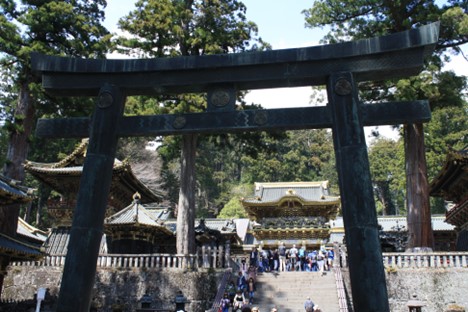
Toshogu Shrine enshrines the famous samurai leader, Tokugawa Ieyasu. The shrine is unique in that it is a mix of Shinto and Buddhism elements and features animals in the decoration. The elaborate detail must be seen to be believed. Allow enough time to be wowed!
Next up was Rinnoji Temple, Nikko’a most important temple. It was founded by the monk who introduced Buddhism to Nikko in the 8th century. The temple’s main building houses large, gold lacquered, wooden statues of the three deities regarded as Buddhist manifestations of Nikko’s three mountain deities.A few areas are accessible, but most are not due to steps. Museum is accessible.
Taiyuin is the mausoleum of the third Tokugawa shogun, the grandson of Ieyasu, who’s shrine is next door. His mausoleum is similar to that of Toshogu Shrine, but it was kept intentionally less ornate out of respect for the elder.
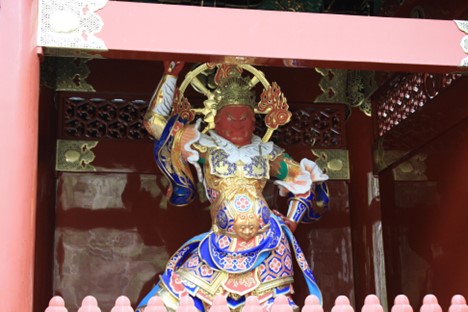
A bit about the Japanese shogun in history: The title “shogun” was given to a military leader who was appointed by the emperor. Shoguns effectively were dictators and kept peace by their armies of samurai warriors. The rule of shoguns lasted about 250 years and featured prominent families such as Minamoto, Ashikaga, and Tokugawa. The Meiji Restoration in 1868 overthrew the last shogunate, marking the restoration of imperial power.
This was the last stop on our three-week whirlwind tour of Japan. We enjoyed every minute of it! The culture and history of the country were indeed fascinating and made us want to go back the States and read all of the James Clavell novels on shogunate Japan!
A few final thoughts on food in Japan…many restaurants require that you order at a kiosk and only come to the counter for food pick up. No worries, the photos of the food are very good, and you pay right at the kiosk. Also, if you get tired of all of the seafood you can always slip into the local convenience store for a very good quality egg salad sandwich, as we did several times!
The people were so polite, the country spotless and the sights phenomenal. As one would expect, Cherry Blossom season is a highly touristed time as it is incredibly beautiful and a revered time for the Japanese. We would go back again in a heartbeat, but since we have already seen the wonderful blossoms, we would opt for a less touristed time.
Where we stayed: Hotel Metropolitan Sandai East. Breakfast included. Nice hotel. Centrally located. Generally accessible.
How we got there: Express Train to Sendai. This was part of a three-week small group tour through Japan, starting in Toyko, traveling south to Hiroshima and then back to the north island and ending in a loop back in Tokyo.
General Accessibility Information: See notes above. Japan is pretty accessible. Major attractions have accessibility features and most new buildings and hotels are accessible. Much transportation is also accessible. See Accessible Japan for specifics. Call in advance to verify and make specialty arrangements.See our sections on specialty apps and accessible travel for more on accessibility assistance.

